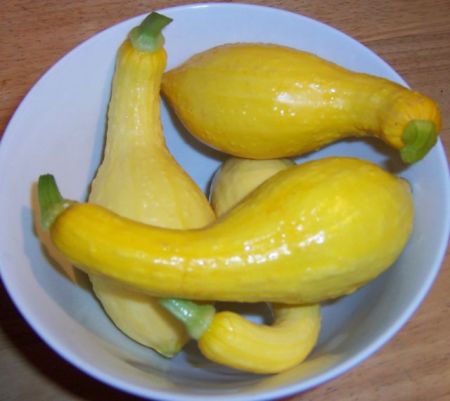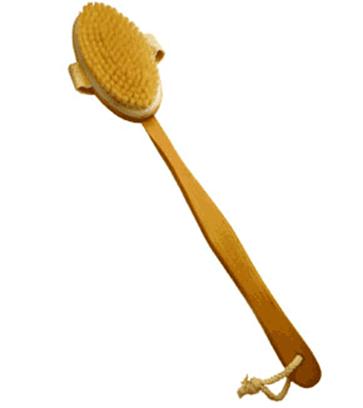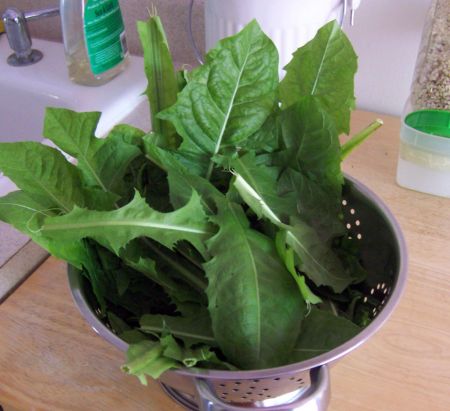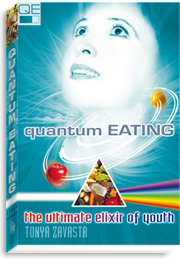 For the sake of the planet and for the sake of our health, we’ve been eating as much organic produce as possible for several years, regardless of any cost difference. A few years ago, we began hearing about the “Buy Local” trend, felt that made a lot of sense, and now we do our best to buy produce that’s at least from a nearby state, if not from a local farmer’s market. But never being satisfied with “good enough” we’ve decided to do even better.
For the sake of the planet and for the sake of our health, we’ve been eating as much organic produce as possible for several years, regardless of any cost difference. A few years ago, we began hearing about the “Buy Local” trend, felt that made a lot of sense, and now we do our best to buy produce that’s at least from a nearby state, if not from a local farmer’s market. But never being satisfied with “good enough” we’ve decided to do even better.
After dabbling unsuccessfully with planting a vegetable garden over the last year or so, we finally got serious, got professional help, and are creating a beautiful backyard garden. Linda over at Mountain Rainwater helped us by building 2 raised beds to get us started, bringing in some rich organic soil, and telling us what to plant. If you happen to live in the Asheville, NC area and are looking for help getting your garden started, we highly recommend Mountain Rainwater*.
 We planted a little later in the summer than is ideal but we found a few items that should still grow well in our Southern mountain climate. From seed, we planted cucumbers, summer squash, a few okras, chard, and cilantro. Presumably, if nurseries are selling any vegetable starts this time of year, it should be OK to plant these already started vegetables as well. We found some peppers, tomatoes, and a tomatillo plant that Linda gave to us.
We planted a little later in the summer than is ideal but we found a few items that should still grow well in our Southern mountain climate. From seed, we planted cucumbers, summer squash, a few okras, chard, and cilantro. Presumably, if nurseries are selling any vegetable starts this time of year, it should be OK to plant these already started vegetables as well. We found some peppers, tomatoes, and a tomatillo plant that Linda gave to us.
It’s now our job to keep the cats out of our garden beds, and our soil watered if there has not been enough rain. Currently, we are using city water from the hose which has tons of chlorine and who-knows-what-else in it. In a future project, we will be adding rain barrels, a solar water pump, and some soaker hoses so that our freshest produce possible will be watered with the cleanest water possible. Stay tuned for that!
It’s been 10 days since we planted and already all of our seeds are sprouting up and our pepper plants are starting to produce little peppers. We can’t wait to be able to eat the absolute freshest produce possible on a regular basis. As we learn about what to plant when, and how to keep our garden thriving, we’ll post that information here to share it with you. And if you have any tips to share, we’d love to hear ‘em!



*We receive absolutely no compensation in any form for recommending Mountain Rainwater. We are just truly happy with the service we received.
 It doesn’t get any fresher than going out to your back yard garden and picking your food for lunch. Yesterday we harvested our first vegetables since planting our garden. 4 Beautiful yellow summer squashes were ready to go.
It doesn’t get any fresher than going out to your back yard garden and picking your food for lunch. Yesterday we harvested our first vegetables since planting our garden. 4 Beautiful yellow summer squashes were ready to go.
















